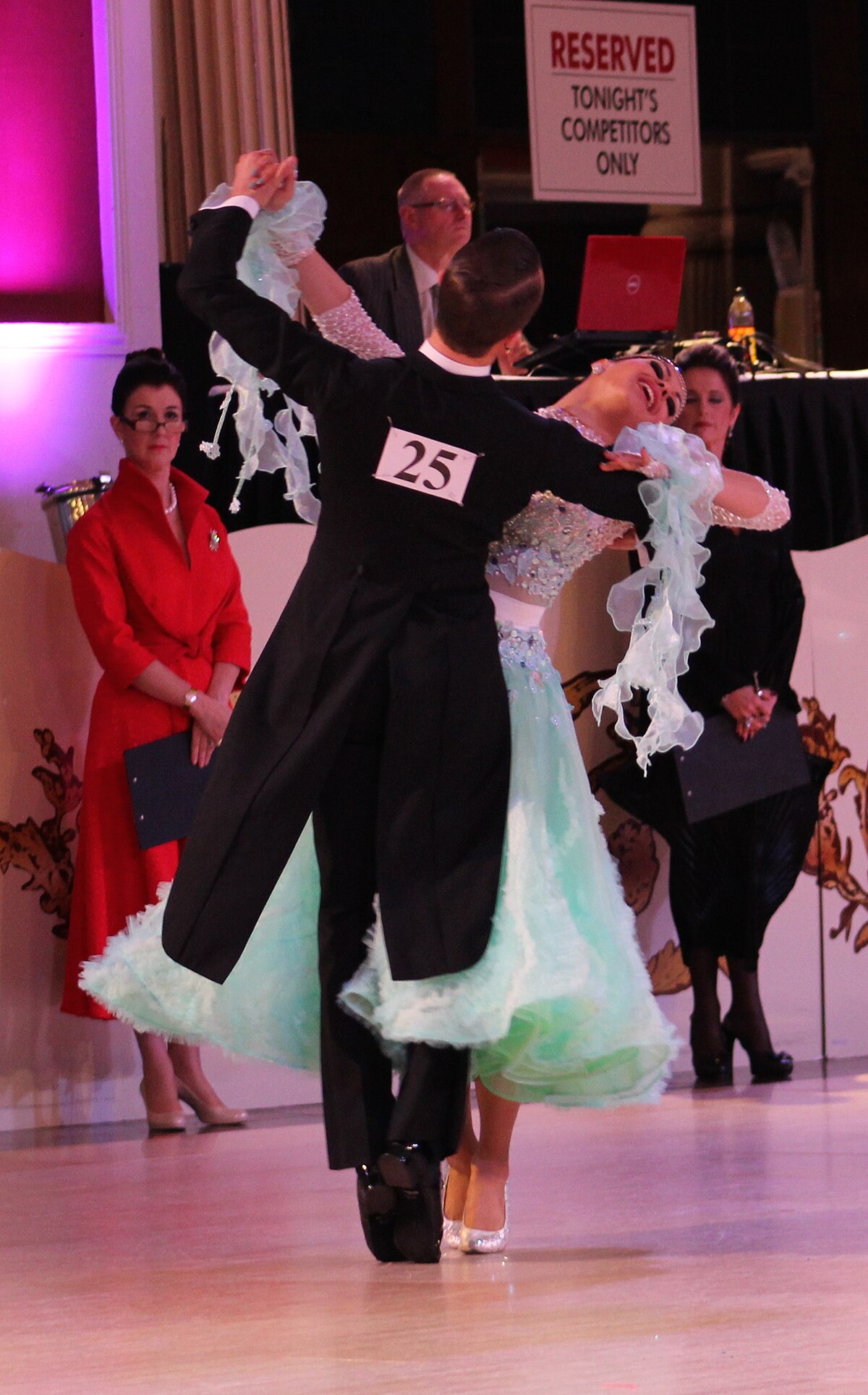Fascination About Dance Fridays
Table of ContentsNot known Details About Dance Fridays Examine This Report about Dance FridaysAbout Dance Fridays3 Simple Techniques For Dance Fridays
Dancing kind Salsa training in Ecuador Salsa is a Latin dancing, connected with the music category of the exact same name, which was initial popularized in the United States in the 1960s in New York City City. Salsa is a combination of Cuban dances, such as mambo, pachanga, and rumba, along with American dances such as swing and touch. The term "salsa" was coined by Johnny Pacheco in the 1960s in New York, as an umbrella term for Cuban dance music being played in the city at the time. Salsa as a dance emerged not long after, being a mix of mambo (which was prominent in New york city in the 1950s) along with Latin dances such as Child and Rumba As American dancings such as swing and faucet.
The fundamental Salsa dance rhythm consists of taking 3 steps for every 4 beats of music. Salsa dancers can additionally damage apart to dance solo, known as "shines". The 2 main styles of salsa are linear and round.

The Only Guide for Dance Fridays
Salsa dancing is a global dance that can be found in a lot of urban cities on the planet - https://salsacrazysf1.jimdosite.com/. Celebrations are held yearly, typically called a Salsa Congress, in various host cities aimed to draw in a selection of salsa professional dancers from various other cities and nations - salsa crazy. The events bring professional dancers together to share their enthusiasm for the dancing, develop neighborhood, and share moves and suggestions
International Salsa Congress, 2004 at Bangalore Video clip demonstrating salsa dancing basics For many years, lots of various designs of salsa dancing have actually progressed around the globe. A lot of them are suitable with each other, yet others are different enough to make dance in between dancers of different styles challenging. Salsa has numerous resemblances with various other companion dances, the styles and abilities found out in salsa can be related to another Latin dance like Bachata. Incorporating other dance styling methods into salsa dance has actually additionally become typical, with professional dancers of one style including styles and movements of others to produce new fusions of dance styles.

Among the most influential numbers in New York design salsa is Eddie Torres - salsa crazy (called "the Mambo King"), that is attributed with helping to formalize the on 2 salsa timing (based upon mambo) and assisting to popularize it by showing it in dance studios in New York and with early training tapes
How Dance Fridays can Save You Time, Stress, and Money.
Basic action for LA style, with leader's actions in blue Salsa show dance Los Angeles style salsa (LA design) is danced "on 1" where professional dancers damage ahead on the initial beat of the songs, unlike New york city style which is danced on 2. LA style salsa is danced straight or "port" with dancers exchanging settings throughout the dance, unlike Cuban salsa which is danced in an extra round fashion.
In this pattern, the leader steps ahead on 1, steps to the right on 2-3 while transforming 90 levels counter-clockwise (encountering to the left), leaving the slot open. https://filesharingtalk.com/members/589198-salsacrazysf1. The fan then tips direct on 5-6 and transforms on 78, while the leader makes one more 90 degrees counter-clockwise and slightly forward, returning into the slot
The "Vazquez Brothers" (Luis Vazquez, Francisco Vazquez, and Johnny Vazquez) are attributed for the very early growth and development of LA Design. Luiz Vazquez was the founder of Los Angeles's initial salsa dancing team, Salsa Brava.
In Cuba, a popular dance known as Gambling establishment was marketed as Cuban-style salsa or Salsa Cubana abroad to identify it from various other salsa styles when the name was popularized worldwide in the 1970s.
Little Known Questions About Dance Fridays.
The name Online casino is stemmed from the Spanish term for the casino, "Online from this source casinos Deportivos" where much social dance was done among the better-off, white Cubans throughout the mid-20th century and onward. Historically, Casino traces its origin as a partner dancing from Cuban Child, Cha Cha Cha, Danzn and Guaracha.
This indicates that no step is handled the first and 5th beats in each clave pattern and the fourth and 8th beat are highlighted. This way, instead of complying with a beat, the professional dancers themselves add in their motion, to the polyrhythmic pattern of the music. At the very same time, it is commonly danced "a tiempo", although both "on3" (initially) and "on1" (nowadays).